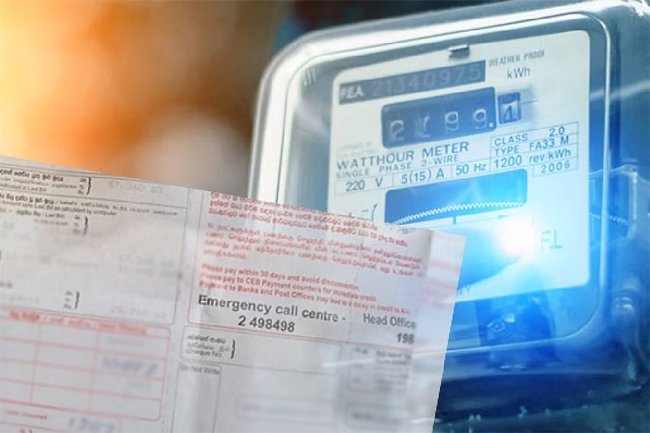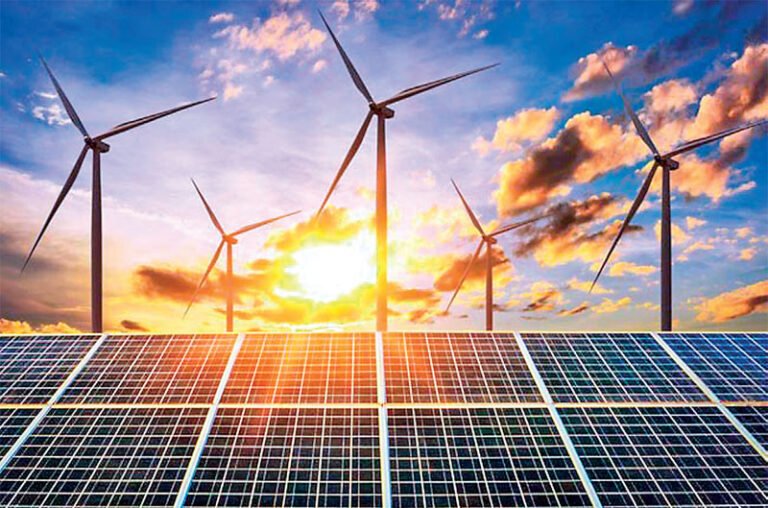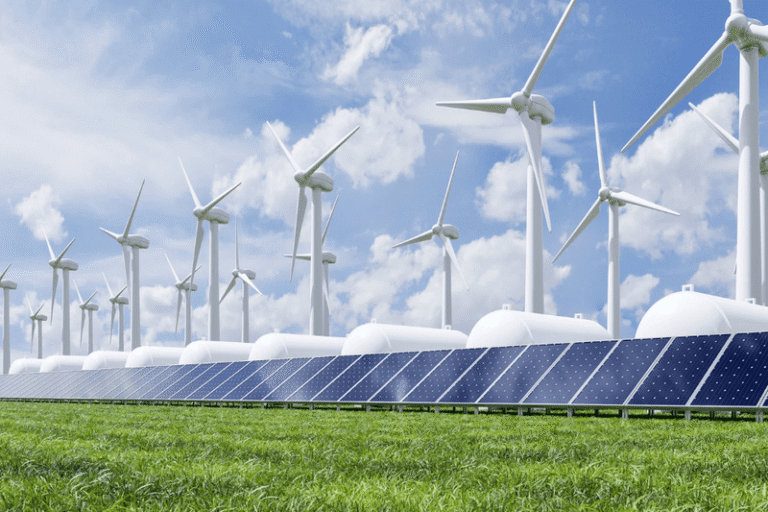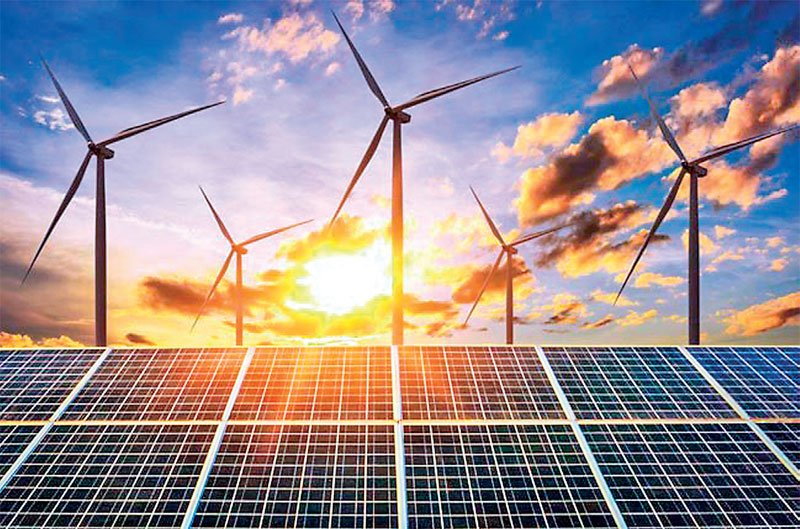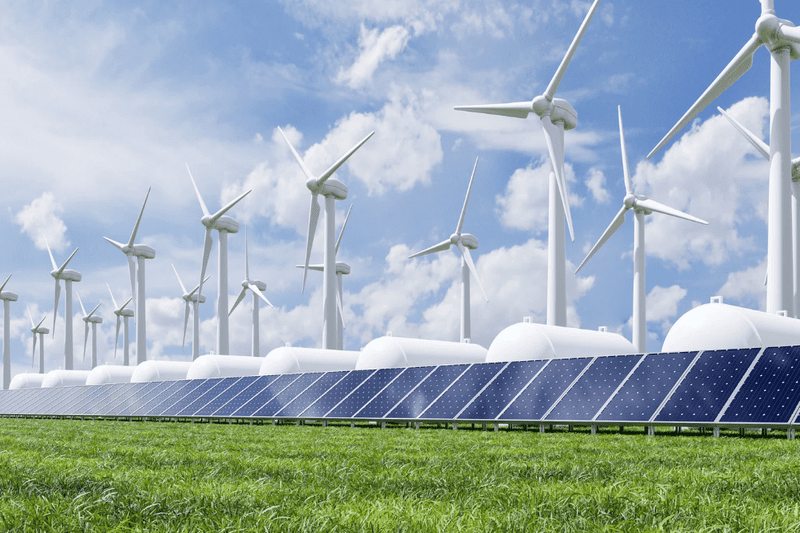Sri Lankas fuel sector has been shaped by economic upheavals, shifting geopolitical dynamics, and strategic investments. As the nation strives for energy security and economic stability, this article examines the sector’s current landscape, the progress made, and the challenges that lie ahead.
Economic Crisis and Fuel Shortages: A Historical Perspective
Between 2019 and 2024, Sri Lanka faced its most severe economic downturn since independence. A combination of fiscal mismanagement, excessive money printing, abrupt agricultural policy shifts, and external shocks—such as the Easter bombings and the COVID-19 pandemic—triggered runaway inflation, a foreign exchange crisis, and acute shortages of essentials, including fuel.
Fuel scarcity led to long queues at petrol stations, with the government struggling to secure imports due to dwindling foreign reserves. Widespread power cuts lasting up to 13 hours crippled industries and daily life, underscoring the urgent need for energy sector reforms.
Recent Developments: Investments and Strategic Initiatives
In response to these challenges, Sri Lanka has launched several strategic initiatives aimed at bolstering energy security and reducing reliance on imports:
Sinopec Oil Refinery in Hambantota
In January 2025, Sri Lanka signed an agreement with China’s Sinopec to expedite the construction of a $3.7 billion oil refinery in Hambantota(Sri Lankas Fuel Sector). As one of the largest foreign direct investments in the country, this project aims to expand local refining capacity and establish Hambantota as a regional energy hub.
LNG Supply and Energy Cooperation with India
In December 2024, India announced plans to supply liquefied natural gas (LNG) to Sri Lanka’s power plants while exploring offshore wind energy projects in the Palk Strait(Sri Lankas Fuel Sector). This collaboration represents a broader effort to integrate the energy infrastructures of both countries, improving energy security and fostering regional cooperation.
Trincomalee Oil Tank Farm Redevelopment
The Trincomalee oil tank farm, a strategic World War II-era facility, is undergoing redevelopment through a joint venture between Lanka IOC and the Ceylon Petroleum Corporation (CPC). This initiative aims to enhance the nation’s storage capacity and fortify energy security.
Key Challenges Facing the Fuel Sector – Sri Lankas fuel sector
Despite these advancements, several critical challenges must be addressed to ensure long-term energy resilience:
Financial Struggles of CPC
The Ceylon Petroleum Corporation has incurred substantial losses, with debt levels reaching LKR 1,158.7 billion. Implementing financial and governance reforms is essential for its sustainability and the overall stability of the fuel sector.
Infrastructure Weaknesses
Sri Lanka’s energy infrastructure remains vulnerable to disruptions, as evidenced by incidents such as the nationwide blackout triggered by a monkey entering a substation(Sri Lankas Fuel Sector). Modernizing and securing these systems is imperative to prevent future crises.
Navigating Geopolitical Pressures
Under the new administration of President Anura Kumara Dissanayake, Sri Lanka faces the challenge of balancing relationships with key global players like India and China. Ensuring that foreign investments align with national interests while safeguarding sovereignty remains a crucial policy consideration.
The Road Ahead: Strategies for Energy Resilience
To secure a sustainable energy future, Sri Lanka must adopt a multi-faceted approach:
- Diversification of Energy Sources: Expanding renewable energy investments in solar, wind, and biomass will reduce reliance on fossil fuels. Collaborative initiatives, such as India’s offshore wind energy project, mark a step in the right direction.
- Enhancing Energy Efficiency: Encouraging industries and households to adopt energy-efficient practices and technologies can significantly reduce consumption and alleviate pressure on the power grid(Sri Lankas Fuel Sector).
- Strengthening Regional Cooperation: Engaging in cross-border energy initiatives, such as LNG supply agreements and regional power grid integration, can enhance long-term energy security.
- Financial and Structural Reforms: Addressing CPC’s financial challenges through restructuring, strategic partnerships, and governance improvements is critical for sectoral stability.
Conclusion
Sri Lanka’s fuel sector stands at a turning point, with both challenges and opportunities ahead(Sri Lankas Fuel Sector). By fostering strategic investments, modernizing infrastructure, and implementing sound economic reforms, the nation can transition toward a more resilient and sustainable energy future.
For more in-depth insights and updates on Sri Lanka’s economic and energy landscape, stay connected with Ceylon Public Affairs.



